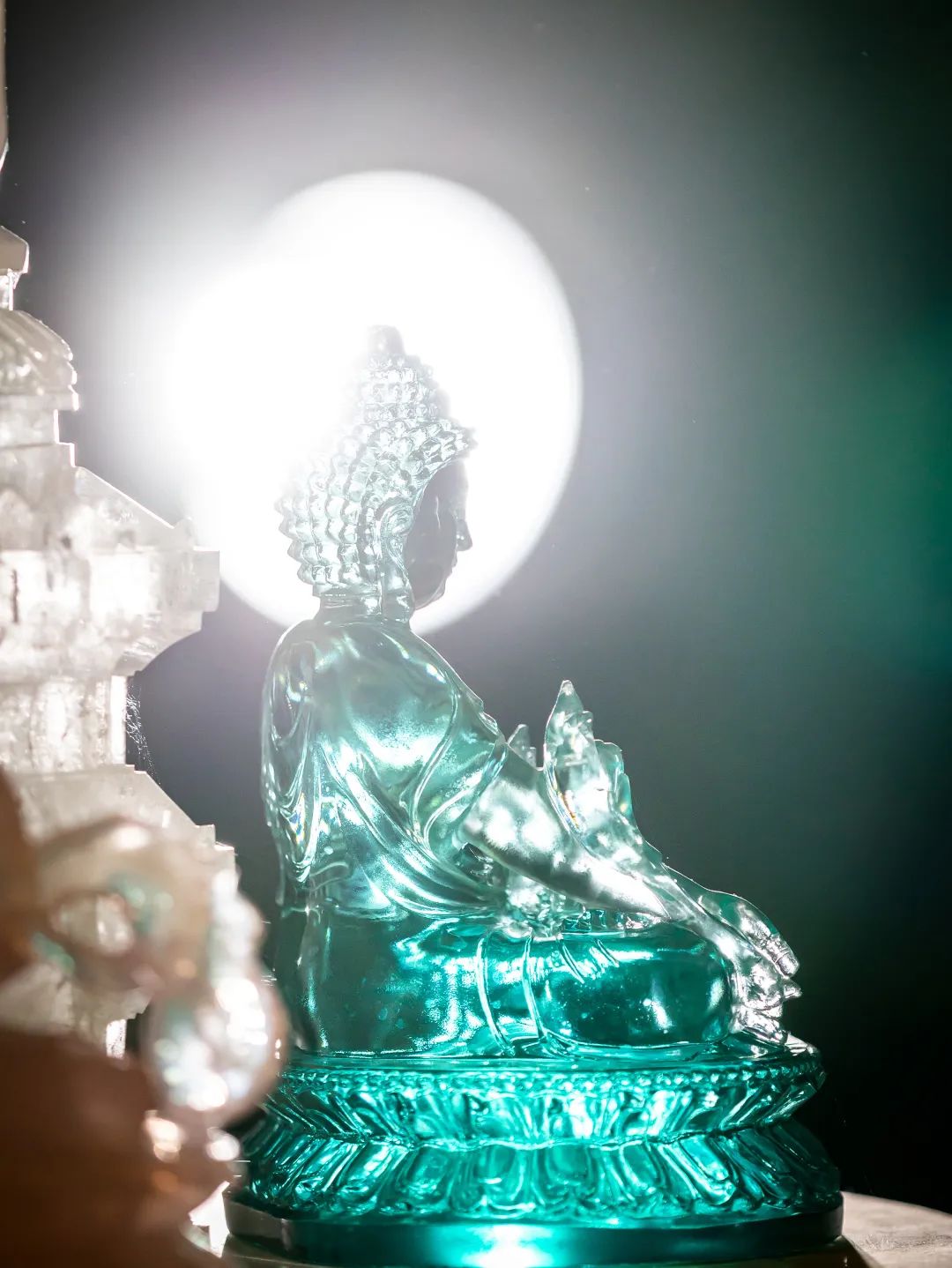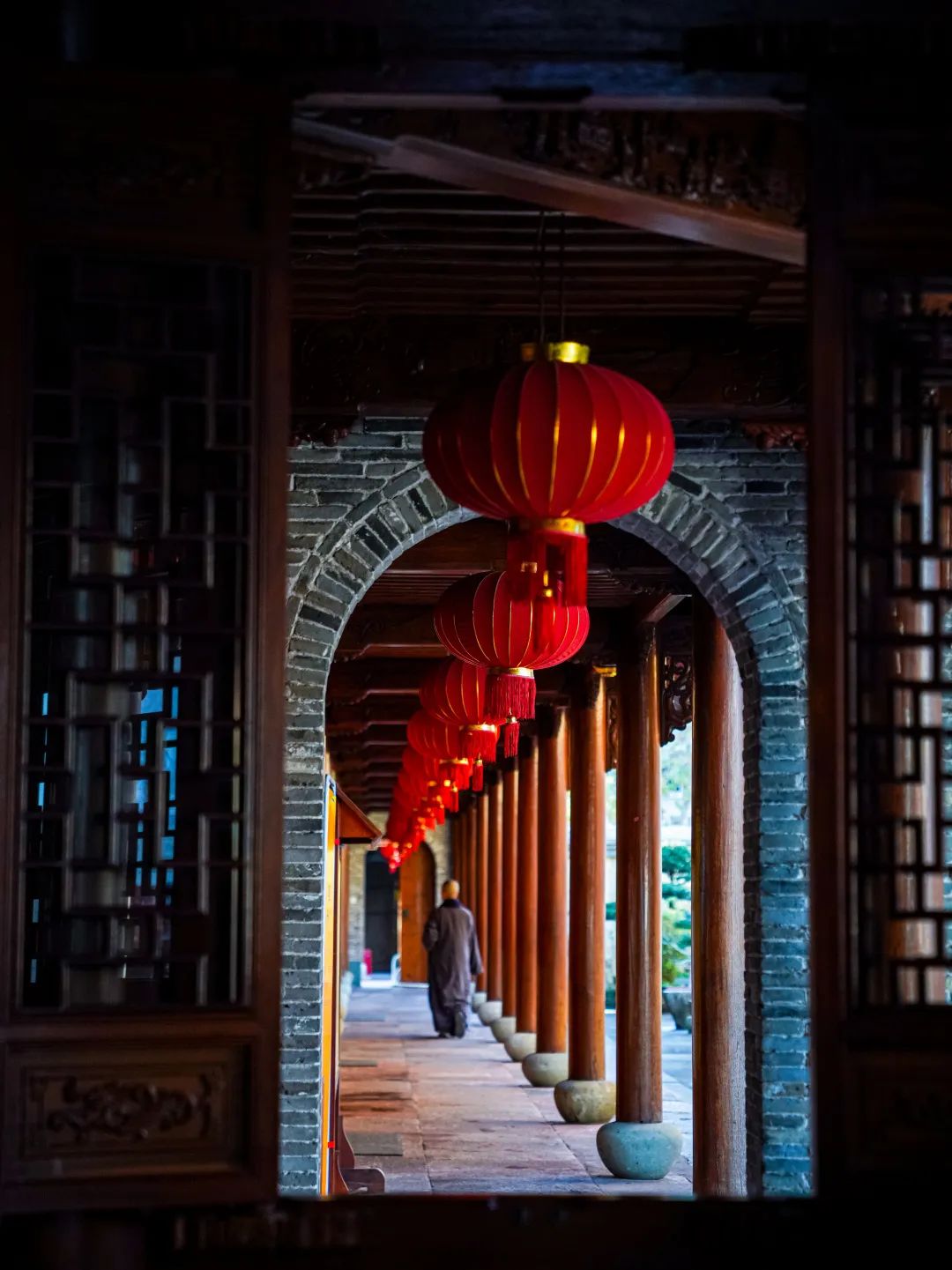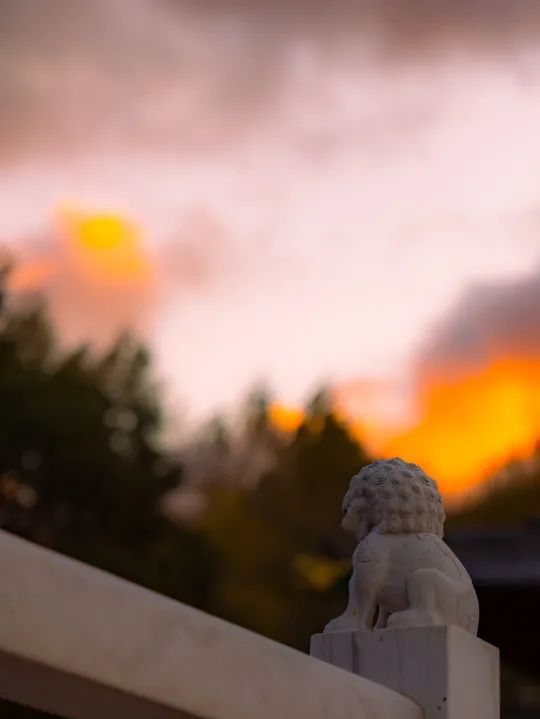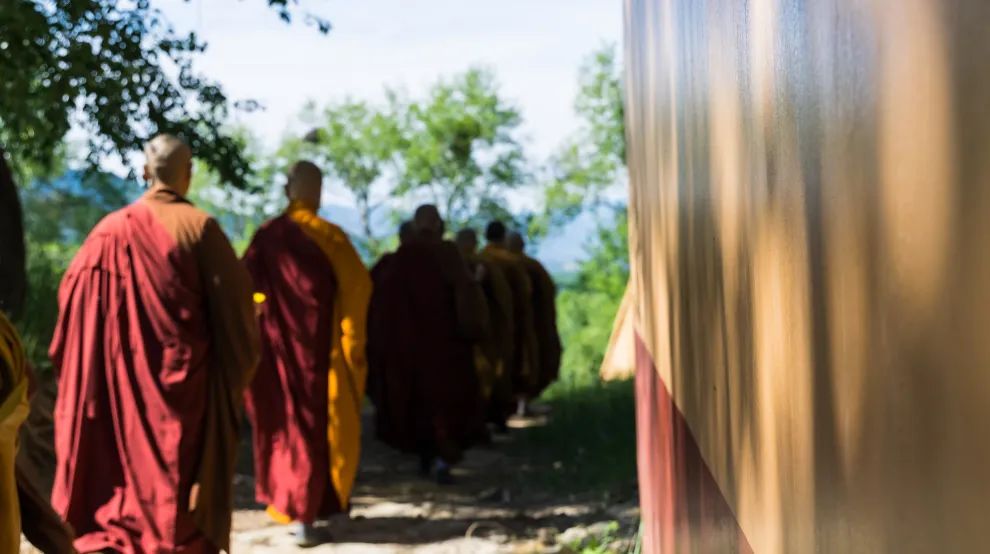成为合格的法器 | Becoming a Qualified Dharma-vessel

听经闻法的三个规矩
The Three Rules when listening to Dharma Teachings
戒、定、慧合称为三无漏学。
为什么叫无漏?
我们平日修行积蓄正能量,
正像手机要充电一样,
如果是漏电的手机,充电也没用。
又像瓶子如果没有瓶底,
是漏水的,也不能灌水进去。
Discipline, Meditation and Wisdom collectively are called the Three Non-leakage Studies.
Why are they called “non-leakage”?
Our daily practice which accumulates positive energy is just like our phones that need to be charged.
If the phone’s battery leaks quickly,
then charging would be useless.
It is also like a bottle without bottom,
which would cause leakage,
pouring water in would also be in vain.
PART 01.
听经闻法也有这三个规矩的,
听经闻法的时候,
要把自己观想成一个法器,
就好像自己是一个瓶子来灌水的。
首先这个瓶子要保证是不漏的,
所以,听法要虔诚地来听。
否则没有恭敬心。
就等于瓶子没底一样,装不住水的。
The three rules also apply when listening to the Dharma teachings during which we should visualize ourselves as a dharma-vessel like a bottle for containing water.
Foremostly it should be guaranteed that the bottle is of non-leakage, therefore we must listen to the Dharma devoutly.



PART 02.
第二,这个瓶子要保证是干净的,
要自己把自己先洗干净。
因此,除了恭敬心之外还要有忏悔的心,
所以我们忏悔业障很重要,
保证这个瓶子是干净的。
如果只是垃圾堆里捡一个脏的瓶子来,
水装进去了,也不能喝。
Secondly,
before making sure that this bottle is utterly clean,
one should clean up oneself first.



PART 03.
第三,
虽然瓶底不漏,瓶子也是干净的,
但是瓶盖要打开,瓶口要朝上,
水才能倒进去。
否则瓶子虽不漏,也是干净的,
但底朝上,口朝下,
水是倒不进去的。
这口朝上就代表谦虚、好学,
谦虚令人进步。
Thirdly,
although the bottom of the bottle is of non-leakage,
also the bottle itself is clean enough,
but the cover of the bottle should be opened and the bottle mouth should face upwards,
then the water can be poured in.
This facing upwards represents humility and eagerness to learn, whereas humility makes progress.



曾经有位当官的,他虽然信佛,但是他很骄傲自满。有一天,他请一位老和尚给他讲佛法,老和尚就先请他坐下来喝茶,然后老和尚往茶杯里倒水的时候,一直倒,倒满了还在倒,满得水都溢到桌子上了,老和尚还在倒。
这位当官的就忍不住了,他以为老和尚眼神不好,便提醒说:“师父,已经满了,已经溢到桌子上了。”老和尚说:“哦,是这样的,满了,我就再也倒不进嘛。”
这位老和尚,实际上是在一语双关,我们佛教里喜欢讲比喻,意思就是一个你要是想学习,先要把自己倒空了,清空了。
In Buddhism we like to use metaphor, so it actually indicates that if you want to learn, you should empty yourself first, clean yourself up thoroughly.
—— 三参法师

英文翻译:慈法
END.





